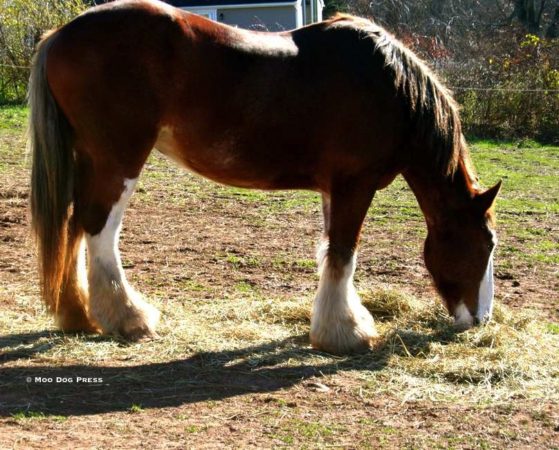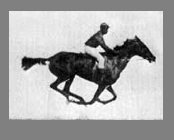Horses & Life Report: ‘Peel The Onion’ Patience To Pinpoint Equine Pain
Editor’s note: The first of a two-part story from our Horses & Life section that originally appeared in March 2012. Hands-on advice, decades of experience distilled into how pain is detected in an equine practice.
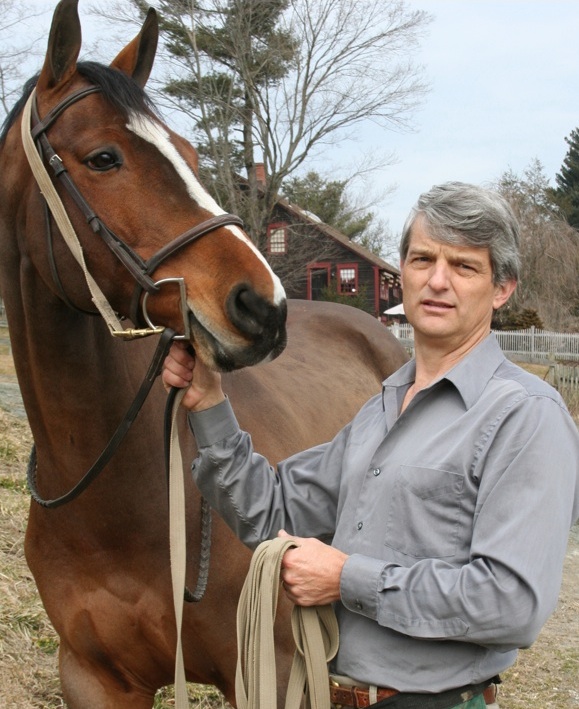
A horse can't talk, but its behavior can speak volumes.
Dr. Michael Stewart, equine veterinarian and owner of Stewart Equine Clinic and River Meadow Farm, knows that detection of pain in horses is often a difficult process – and he knows how to listen.
“Horses have a certain degree of stoicism; they want to do their job and will find a way of compensating,” said Dr. Stewart. “As they use other areas inappropriately that can create additional problems.”
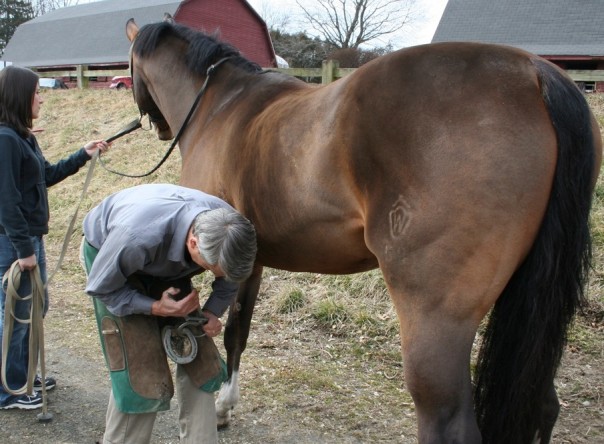
He likens the process to ‘peeling an onion' – taking time to listen, observe, test, and look closely at the combined responses, layer by layer, to see the whole animal.
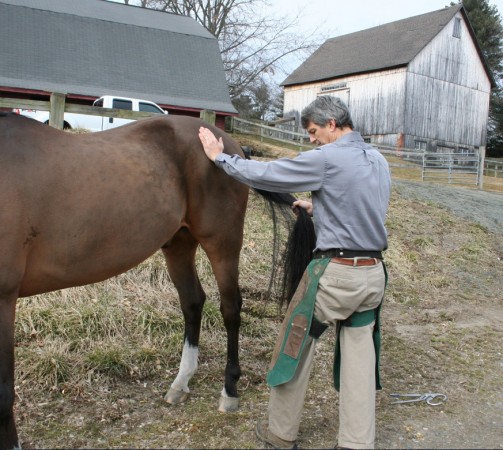
“Horses can have psychological issues,” he notes, as he demonstrates examination methods on a gelding at River Meadow Farm in Windsor, Connecticut. The 54 acres includes a 5/8-mile training track, two barns, a ramp entry (with underwater guide lights) indoor pool, and state-of-the-art rehabilitation center.
Dr. Stewart is looking over a horse on site, observing first, then proceeds to a hands-on exam. With a slight tug on his tail, a horse shifts weight over to then stand square on all four legs. Is there any wincing, a flinch, a subtle “give” to a gentle laying of hands, running over legs, hocks, stifle? Heat detected?
A subtle movement may result as he then shows the technique of applying gentle pressure with a hoof tester to detect sensitivity or soreness.
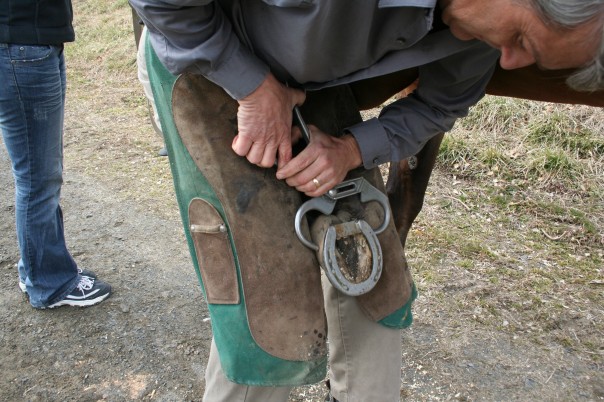
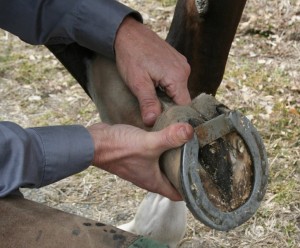 “The superficial flexor tendon, flexor tendon, and suspensory ligaments are three fundamental structures associated with the most common injury, which necessitates a fair amount of time off for a ligament to heal. That means being confined to a stall, and a horse by nature is constantly browsing, grazing, and moving. Part of rehabilitation is that we also have to get them back in a proper mental state after being confined.”
“The superficial flexor tendon, flexor tendon, and suspensory ligaments are three fundamental structures associated with the most common injury, which necessitates a fair amount of time off for a ligament to heal. That means being confined to a stall, and a horse by nature is constantly browsing, grazing, and moving. Part of rehabilitation is that we also have to get them back in a proper mental state after being confined.”
Born and raised in Lexington, Kentucky, where his father has a construction business and his mother and brothers raise, train, and race Standardbreds, Stewart graduated in 1984 from Auburn University Veterinary School. He specializes in leg and foot problems and rehabilitation.
“Lameness,” as defined in the Merck Vet Manual, “is as an abnormal stance or gait caused by either a structural or a functional disorder of the locomotor system. The horse is either unwilling or unable to stand or move normally. Lameness is the most common cause of loss of use in horses.”
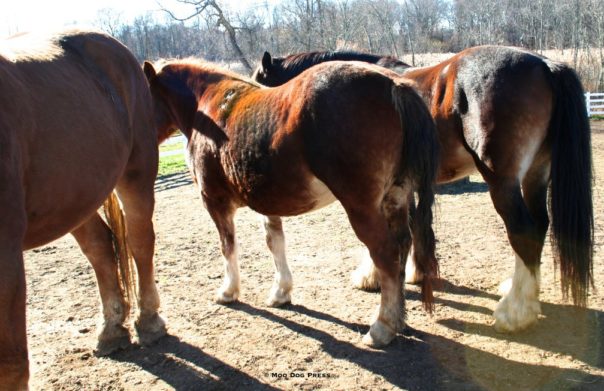
Top causes of lameness include an abscess; injury such as a stone bruise or sharp object; tendon or ligament injury. Injury from play with other horses while out at pasture is also possible.
As a professional sports humans stay in optimum condition with a support network of nutrition, physicians, rehabilitation and conditioning, so too do peak performance equine athletes.
Managing lameness is a hands-on cooperative process to regain ground towards soundness. That involves owner, trainer, time and a working partnership to restore the horse.
It's not ‘leave the laundry at the door and I'll see you later' kind of treatment,” he says.
“A horse that is pent up and not allowed to move appropriately may become more difficult to manage,” he notes. “One of the toughest aspects of rehabilitation with older horses is an injury to a hind leg.”
At equine symposiums, Dr. Stewart has demonstrated the biomechanics of performance horses and spoken of techniques riders and trainers can use to improve overall results. A gelding with his underlying skeleton chalked in white accompanied Dr. Stewart in the arena, providing a living and memorable anatomy lesson.
First published in 2012, the story continues: How Dr. Stewart's career led to a racetrack, then farm and his current practice. More on laminitis and what tendons, ligaments, and tissues need to heal well. Story, part two, linked here.

